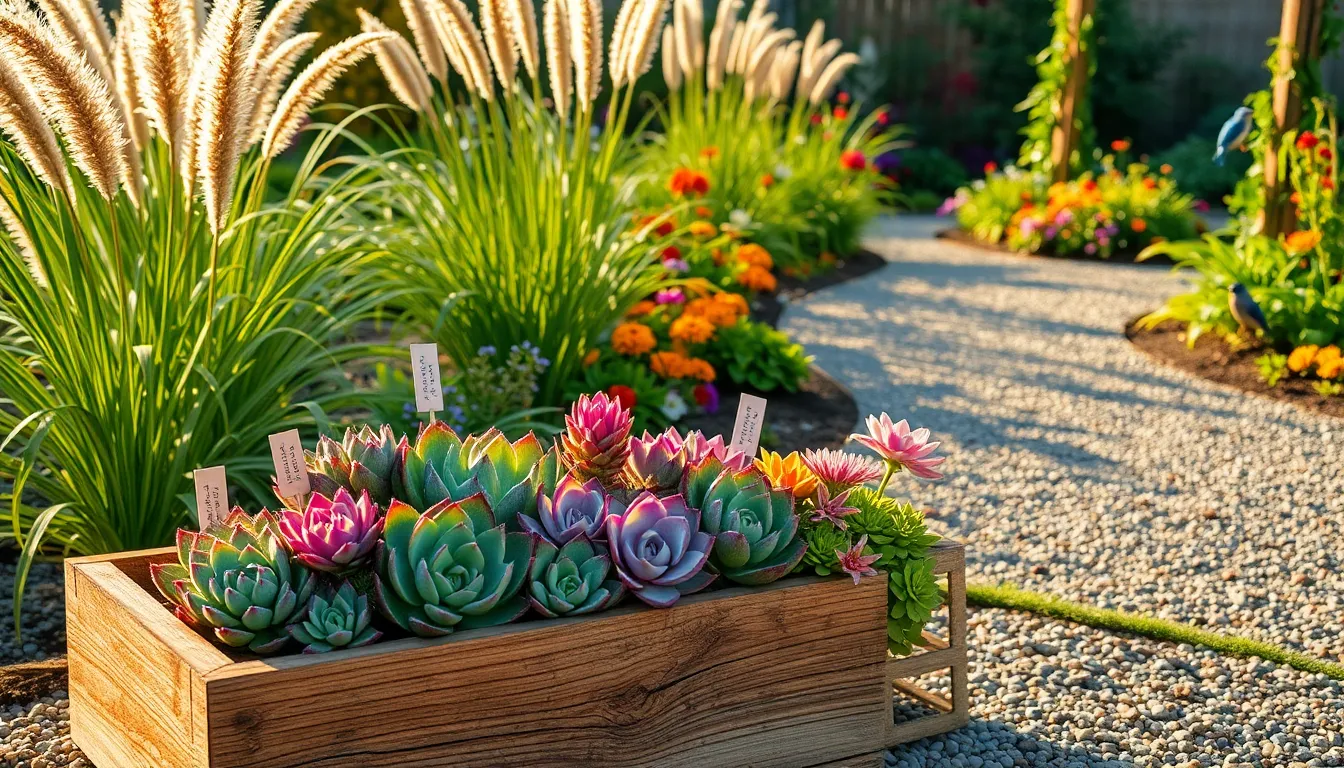Welcome to the vibrant world of low maintenance indoor plants, where both novice and seasoned gardeners can find joy in greenery without the fuss. Whether you’re just starting out or have years of experience, this guide is your gateway to a thriving indoor oasis that requires minimal effort yet offers maximum satisfaction.
Imagine transforming your home into a lush sanctuary with plants that practically care for themselves, leaving you more time to relish in the beauty of nature. By choosing the right plants from our carefully curated list, you’ll unlock the secret to a bountiful indoor garden that purifies your air, boosts your mood, and enhances your living space.
Dive into this guide and discover the practical benefits of selecting low maintenance plants that thrive with little intervention, promising success for every gardener. With these handpicked varieties, you’ll feel empowered and confident, knowing you can effortlessly nurture a flourishing indoor garden that brings endless joy and tranquility to your life.
Succulent Varieties (Drought-Tolerant Wonders)
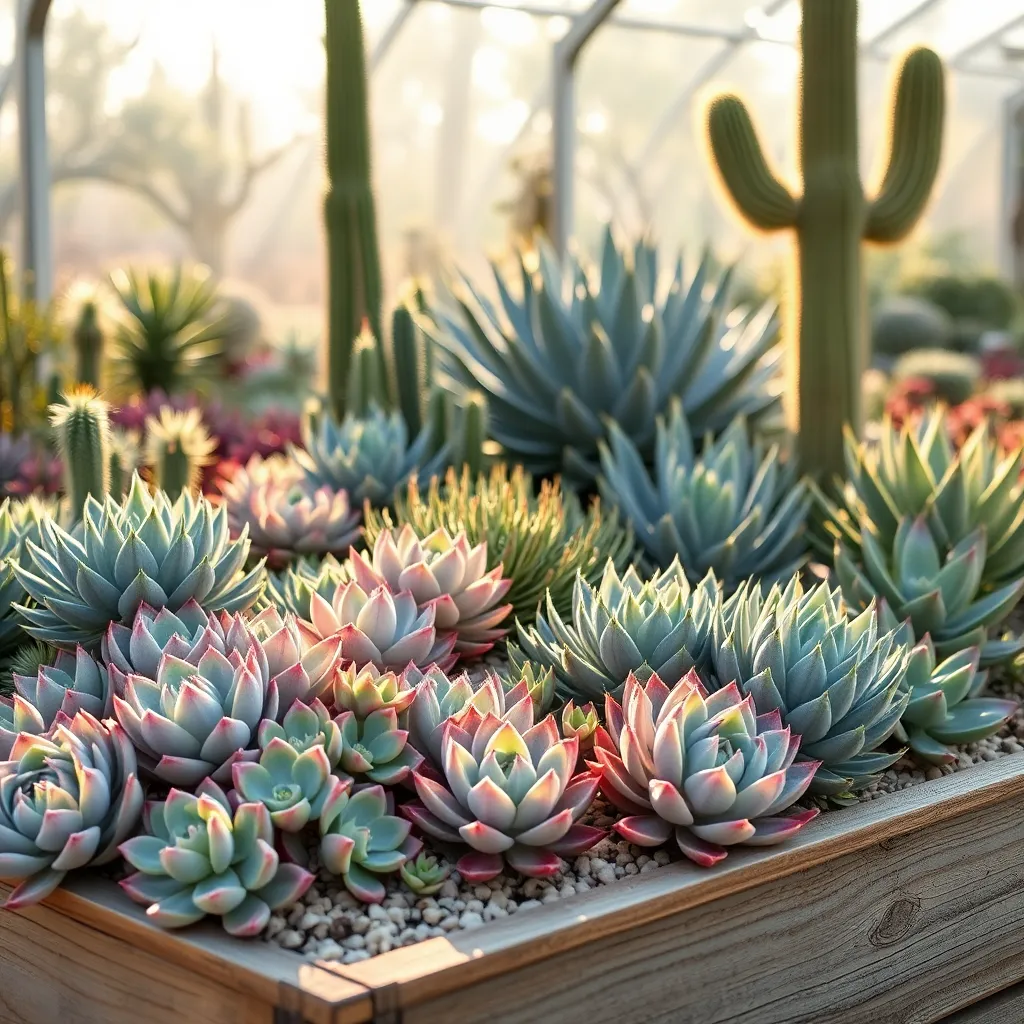
Succulents are a fantastic choice for those seeking low-maintenance, drought-tolerant plants. These resilient wonders are perfect for both indoor and outdoor gardens, thriving in a variety of conditions.
To ensure your succulents flourish, use a well-draining soil mix, such as a cactus mix, to prevent root rot. Water sparingly, allowing the soil to dry out completely between waterings, generally about once every two weeks.
It’s essential to place your succulents in a location where they receive plenty of sunlight, ideally around six hours of indirect light per day. If you’re growing them indoors, a south or east-facing window is often ideal.
For those looking to expand their succulent collection, propagation is a rewarding and straightforward process. Simply take a leaf cutting and let it dry for a few days before planting it in soil, keeping it slightly moist until new growth appears.
Perennial Wildflowers (Year-Round Color)
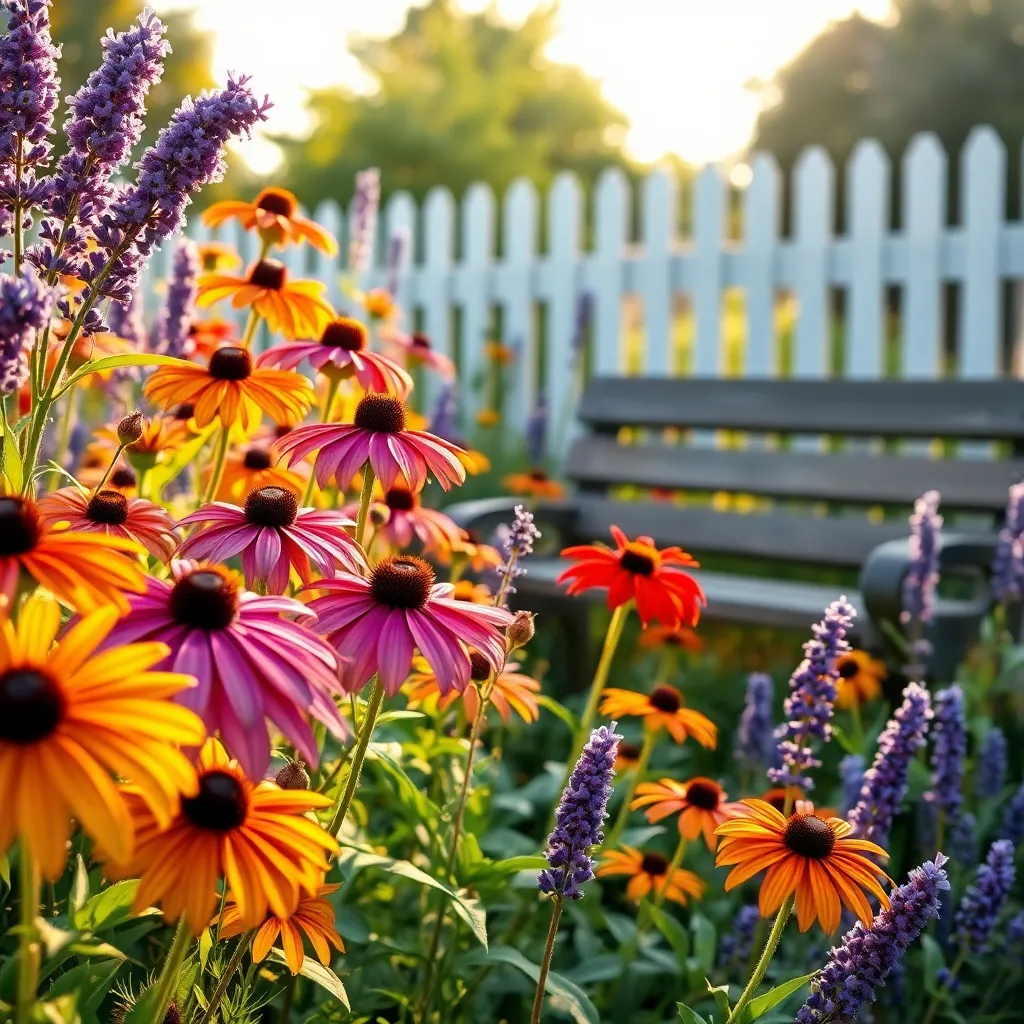
To enjoy vibrant colors throughout the year, consider planting perennial wildflowers in your garden. These low-maintenance beauties not only add a splash of color but also support local wildlife, making them a sustainable and eco-friendly choice.
When selecting perennial wildflowers, focus on species that thrive in your local climate and soil conditions. Native plants are often the best choice as they require less water and care, adapting naturally to the environment.
For beginners, start with easy-to-grow options like Black-Eyed Susans or Coneflowers. These plants are highly resilient, requiring minimal care beyond regular watering during dry spells and occasional deadheading to promote new blooms.
Advanced gardeners might experiment with layering different varieties to create a dynamic, year-round display. Consider planting early bloomers like Lupines alongside late-season stars like Asters to ensure continuous color.
- Soil Preparation: Ensure well-drained soil by adding organic matter such as compost, which improves fertility and drainage.
- Watering: Water deeply but infrequently to encourage deep root growth, which enhances drought resistance.
- Mulching: Apply a layer of mulch to retain moisture and suppress weeds, which reduces the need for frequent watering and maintenance.
By carefully choosing and tending to your perennial wildflowers, you can create a stunning, low-maintenance garden that provides color and life throughout the seasons. With the right combination of plants, you’ll enjoy a garden that’s not only beautiful but also beneficial to the environment.
Mulching Techniques (Weed Control Simplified)

Mulching is one of the most effective techniques for simplifying weed control in your garden. By covering the soil with a layer of organic or inorganic material, you can significantly reduce weed growth and conserve soil moisture.
Organic mulches, such as straw, bark chips, or grass clippings, not only suppress weeds but also improve soil fertility as they decompose. These materials should be applied in a layer about 2-3 inches thick, ensuring that it’s evenly distributed around your plants without piling up against their stems.
Inorganic mulches, like gravel or landscape fabric, offer long-term solutions for areas where soil improvement is less of a concern. These options are particularly useful in pathways or around shrubs and trees, providing a more permanent solution to weed suppression.
For gardeners looking to boost their mulching strategy, consider using a combination of both organic and inorganic mulches for different areas of your garden. This dual approach can maximize the benefits of each type, giving you both nutrient-rich soil and durable weed protection where needed.
Self-Watering Planters (Consistent Hydration)
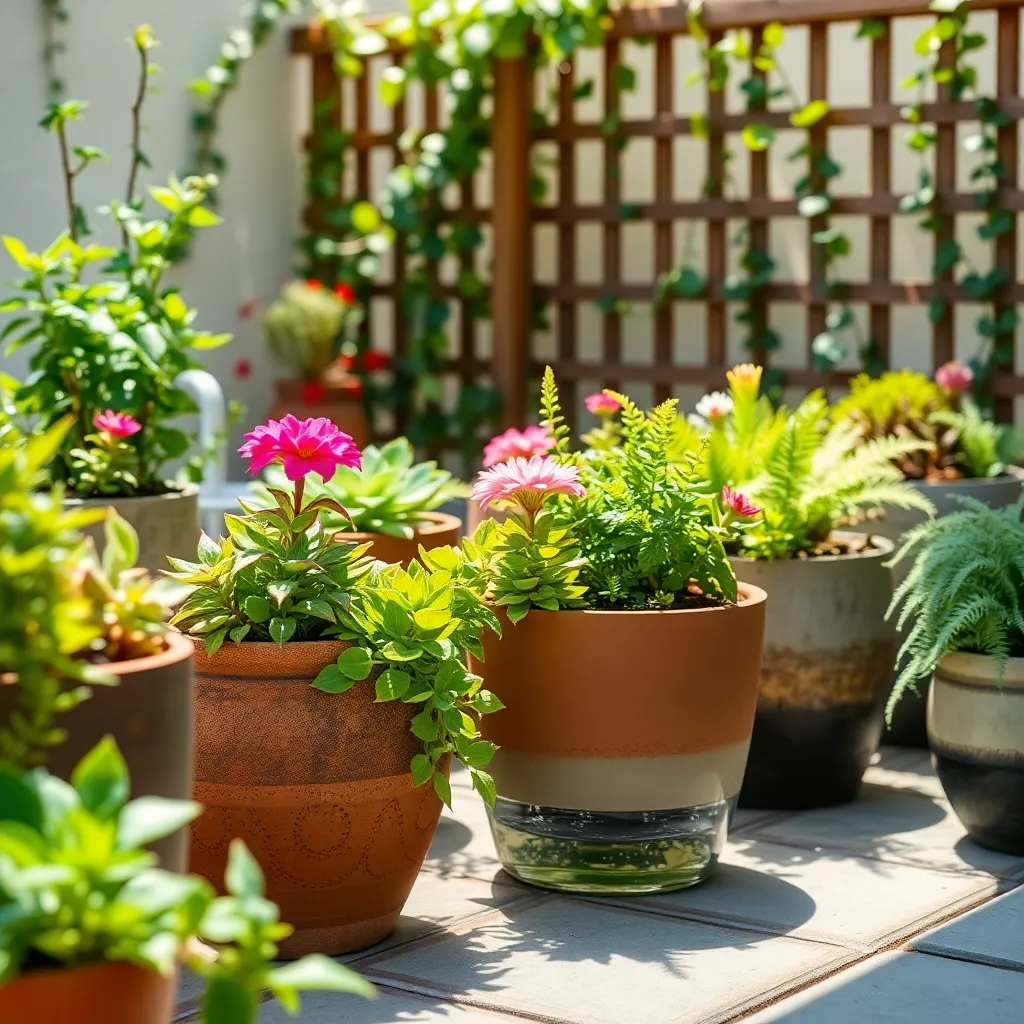
Self-watering planters are an excellent solution for gardeners seeking consistent hydration for their plants. These planters come with a built-in reservoir that provides water to the roots as needed, helping to prevent both over and under-watering.
To set up your self-watering planter, fill the reservoir according to the manufacturer’s instructions and ensure the soil is well-aerated. Using a potting mix designed for container gardening can enhance water absorption and root health, ensuring your plants thrive.
Choose plants that benefit from consistent moisture, such as herbs, tomatoes, and ferns. These plants will flourish with the steady water supply, reducing the stress of monitoring soil dryness frequently.
Advanced gardeners can experiment with adding a slow-release fertilizer to the soil mix, which will provide nutrients over time as the plant absorbs water. This technique supports healthy growth without the need for frequent feeding.
Native Plant Selections (Local Climate Adaptability)
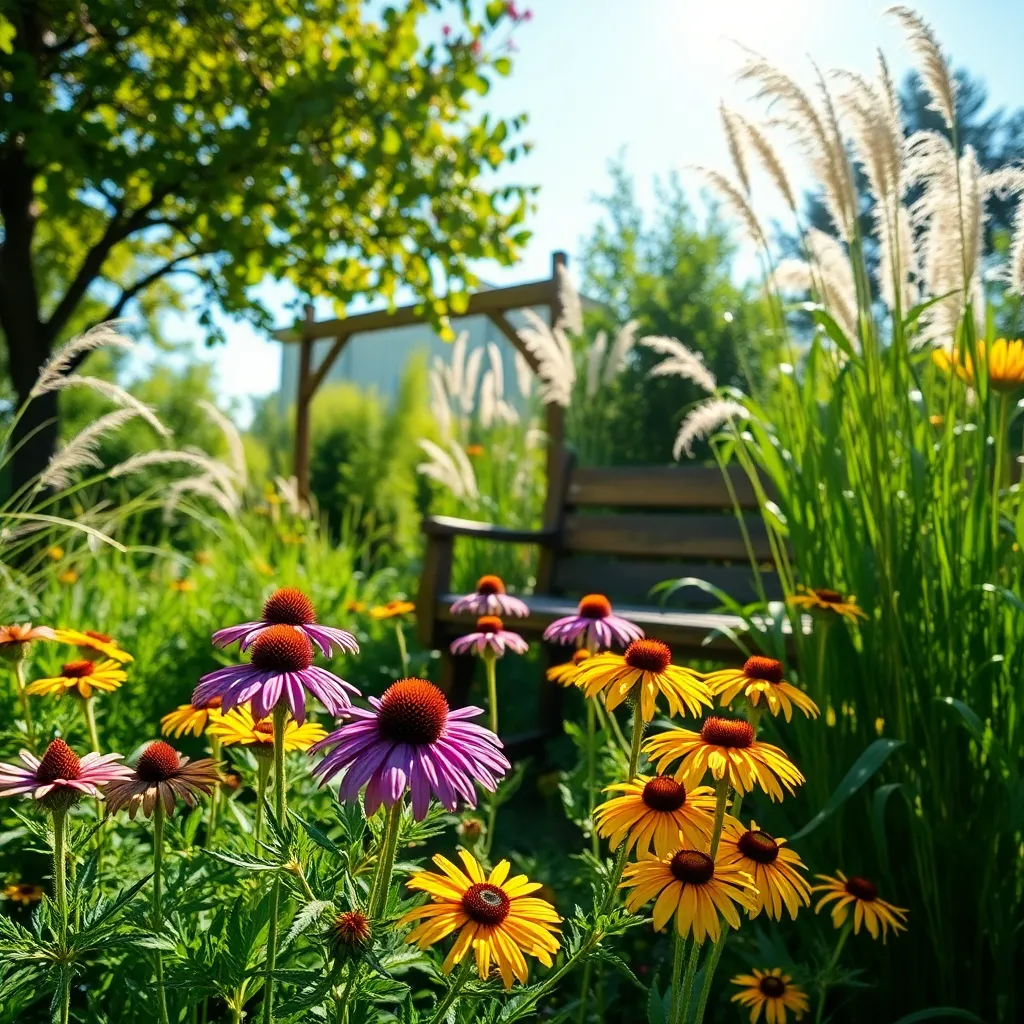
Choosing native plants is an excellent strategy for creating a low-maintenance garden that thrives naturally. These plants are already adapted to the local climate, requiring less water, fertilizer, and pest control efforts.
Start by identifying the native plants in your region by visiting local nurseries or seeking advice from gardening clubs. Incorporating plants native to your area not only reduces maintenance but also supports local wildlife, including beneficial pollinators like bees and butterflies.
For beginners, consider starting with hardy perennials such as coneflowers or black-eyed Susans, which are known for their resilience. These plants typically thrive in a variety of soil types, from sandy to clay, and can withstand periods of drought once established.
Advanced gardeners might explore integrating native grasses like little bluestem or switchgrass to add texture and movement to the garden. These grasses require minimal watering and care, thriving in full sun and well-drained soil conditions.
To ensure success, plant your selections in the fall or early spring when the weather is mild, allowing roots to establish before the more extreme temperatures of summer or winter. Mulching around new plants can help retain soil moisture and reduce weeds, further decreasing maintenance needs.
Conclusion: Growing Success with These Plants
In nurturing relationships, much like choosing low maintenance plants, timing and attention are key. First, we explored how understanding your partner’s needs parallels choosing the right plant for your environment. Next, we discussed the importance of consistent communication, akin to regular watering, to keep love thriving. Third, we looked at adaptability, highlighting the resilience needed in both relationships and plant care. Fourth, we emphasized the significance of patience, noting that growth in both areas requires time and understanding. Lastly, we underscored the benefit of shared responsibilities, just as tending to a garden flourishes with teamwork.
Now, take a moment to assess where your relationship could use a little more TLC. Perhaps schedule a weekly check-in with your partner to ensure you’re both feeling supported and understood. This small step can spark significant growth and harmony.
We encourage you to save this article as a handy reference for when your relationship needs a nurturing boost. Remember, success in love is a journey, not a destination. With intentional actions and continual care, your relationship can bloom beautifully. Keep this guide close as a reminder that with the right approach, your partnership can thrive and flourish in every season.

